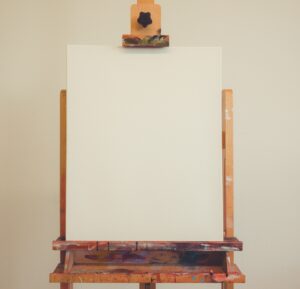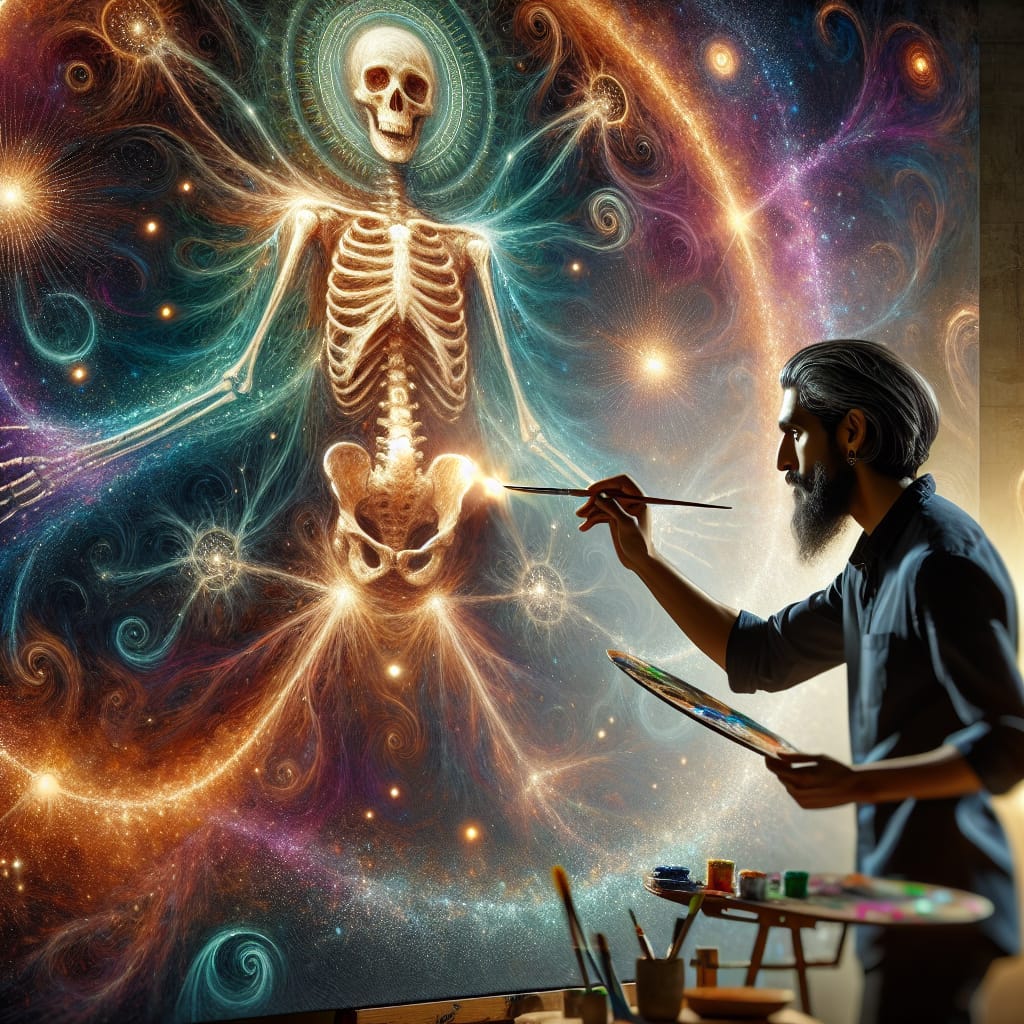
Superficial Purpose & Shallow Expressivity
“…our patient has no grasp of the whole, he sees only isolated parts and gets nowhere. In developing his plan, he relies purely on his powers of cerebration, since instinct, as he says, has gone missing. Speaking of music one day, he declares that for him it is no more than a succession of sounds: ‘I don’t know how to feel – everything has to go through my brain.’”
– Clinical report by psychiatrist Francoise Minkowska
From one perspective, all the creative, physical, emotional, and spiritual challenges raised by Soulforce Arts share a common root cause: disconnection from your artistic purpose. However, the presence of these challenges is not a sign of utter purposelessness. Instead, they are a sign that what’s motivating your creative process are the superficial purposes on offer by the Story of Separation and its lesser gods. Reconnection with a more soulful artistic purpose is greatly aided by exploring the presence of these superficial purposes in your life.
A superficial artistic purpose is the attempt to discover a more fulfilling creative process through insufficient means, such as technical, academic, social, or financial advancement. A superficial purpose is the natural result of creating from within the Story of Separation, in which creativity is viewed as a thing to be manipulated. This view results in a creative process disconnected from the true source of creativity within. A superficial artistic purpose is a coping strategy for this disconnection, an ultimately misguided attempt to requite your soul’s longing for something juicy and alive.
A superficial artistic purpose is the attempt to discover a more fulfilling creative process through insufficient means, such as technical, academic, social, or financial advancement.
A superficial artistic purpose inevitably leads to shallow forms of creative expression. Disconnected from a reason to create that goes beyond technical, academic, social, or financial advancement, your only recourse is to try to manufacture something artificially. The result is art devoid of real creativity, of Soulforce, and so feels stale, forced, empty, or robotic. Unfortunately, many of our arts pedagogies and institutions fail to adequately articulate a more fulfilling artistic purpose, with the result that many artists are left with a giant hole in our hearts. We have the feeling that we’re “meant for more than this,” that something vital, yet indefinable, is missing. The tragedy is that, lacking the framework to understand our predicament, many of us resign ourselves to an artistic life that can never fulfill the greatness our hearts know is possible.
You know you’re creating from a superficial artistic purpose when:
Your creations rely too heavily on shock value, faddish trends, technical virtuosity, or tradition to achieve their effect,
You experience creative plateaus, burnout, writer’s block, boredom, procrastination, or other signs of a lack of creative inspiration,
You experience performance anxiety, perfectionism, impostor syndrome, an overactive inner critic, competitiveness, or other signs of a creative process focused on the avoidance of ostracization and shame,
You rely on effort to get you through, resulting in muscular tension, overuse injuries, and exhaustion,
You find yourself creating just for the money, academic accolades, or prizes; or alternatively that you fear selling out to such an extent that you inadvertently curtail your full potential.
Which forms of superficial purpose show up in your own life depends on your life circumstances, such as your familial and societal values, your inherited emotional baggage, and your early artistic training. While your overall aim should be to rely less on superficial purposes, there’s no need to feel anxious or ashamed when you find yourself caught in it. After all, it was not your fault that you learned these things when you were young. At a deeper level, a superficial artistic purpose belies what’s underneath: the life-giving wish to give fully of your gifts. Spend some time getting clear on how superficial artistic purposes show up in your life. Doing so is a necessary step to clearing the way for your more soulful gifts to shine through.
Going Deeper
Reflection - Your Superficial Artistic Purpose
Look back over the list above and notice which modes of superficial purpose stand out to you. Do any of them seem familiar? Which one is easiest to relate with, and why? Which one do you least want associated with yourself, and why?
Now consider how these approaches may have developed in your life. When did they first begin? What were the formative events that led to their development?
Later, when you next engage in your creative practice, pause for a moment and bring awareness to any forms of superficial purpose that might be present. Simply make note of what shows up, for example saying to yourself, “Ah, there’s my ‘fear of criticism’ habit. How about that!”
Bring some curiosity to how this habit shows up in your bodily sensations, thoughts, emotions, and scope of attention . If you notice frustration, anxiety, or shame at the mere appearance of this habit, notice that, too, reminding yourself that it’s OK to have “bad” habits.
Finally, and most importantly, identify the life-giving wish underneath your unique forms of superficial purpose. What positive goal are you reaching towards?
Make some notes in your journal about your go-to habits of superficial purpose. The more awareness you bring to them, the greater the freedom you’ll have from them.
Even if you have long felt lost and artistically unfulfilled, you have never been in any danger of falling completely prey to superficial forms of artistic purpose. You are wired for purpose, and your soul has known all along what your true artistic purpose is. This begs a question, however: if you are wired for purpose, how do you account for the presence of a superficial purpose? The deeper truth is that all the forms of creative disconnection listed above are nothing other than forms of protest from your soul, messages whose purpose is to get your attention so you can get back on track. In this light, far from being obstacles to your creative growth and healing, you can regard even the most challenging artistic issues to be trailheads pointing the way home.
Stay tuned for more blog posts and videos about discovering your creative purpose, creating more freely, and making art that matters!
For more support in this process, download your copy of the Soulforce Arts Starter Kit, a free mini-course designed to help you reconnect with your Soulforce, the transformative energy essential to art that matters. You can access the Starter Kit by signing up for the Soulforce Arts Institute’s email newsletter.
The above post is adapted from Chapter 5 “Your Artistic Purpose” of my book, “Soulforce: How to Discover Your Artistic Purpose, Create More Freely, & Make Art That Matters” coming out in mid-2024.
Joseph Arnold
Violinist, Alexander Technique teacher, and Director of the Soulforce Arts Institute
SoulforceArts.com
SoulforceArtsCommunity.org
Image credit: Justin Warner unsplash.com




